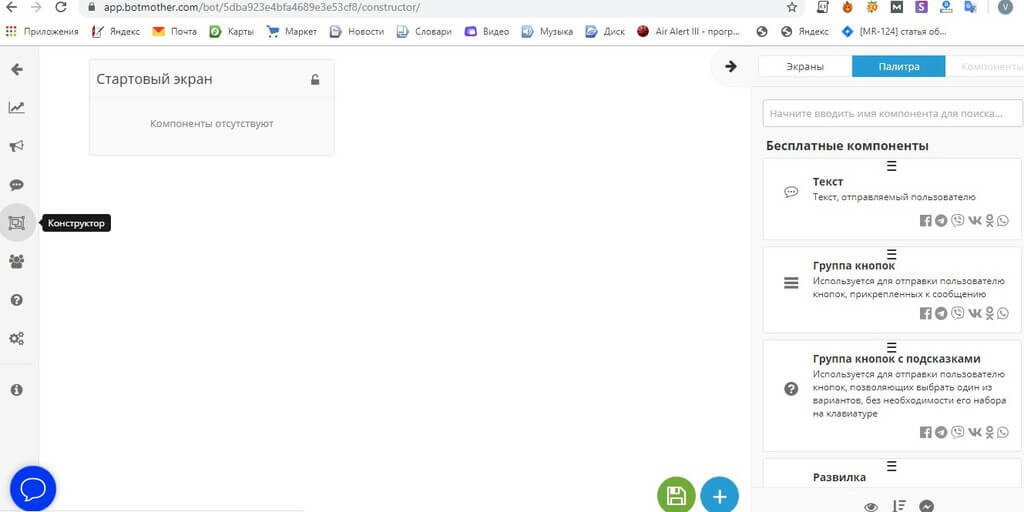
#Javascript json query code#
Integrating JMESPath in our API handler code is quite simple, as the library has only one function (“search”). By giving the user the ability to specify a JMESPath query on the data, they end up saving time, bytes on the wire and lines of code doing post-processing, since the processing happens on the server and the response contains exactly what the user needs. By integrating JMESPath we can now provide our API, SDK or CLI users with a powerful, simple and standardized method to shape the JSON response returned from our service, without needing external tooling.Īs an example, we’ll assume our service is a public REST API. Thanks to libraries, adding JMESPath to our service’s code is very simple. Popularity comparison of JMESPath, JSONPath and JQ - in the JavaScript / npm worlds Power to the User This makes it hard to rely on JSONPath for many scenarios. And a bigger issue is that it does not have a tight specification, which means that there are numerous implementations of JSONPath out there that might give different results. The problem is that JSONPath’s syntax is not so intuitive, if we wish to provide an interface based on it to our users. One nice thing about it is that it allows traversing the entire JSON tree (accessing parent nodes, for example) and can output path locations in the tree as JSON-pointers (nested keys). It’s one of the earliest implementations of a JSON query language, and it gets the job done. JSONPath - “XPath for JSON” - is the first query language that comes to mind. What is the equivalent for JSON? JSONPath XML has XPath for querying and traversing XML nodes. This post focuses mainly only on the first use case, where you want to give your users a built-in option to process the output (but in fact, the two cases are similar). Yes, you can write your own logic using map, filter and reduce functions, but maybe there’s a better, more declarative way.

(Think JSON documents with arrays of objects nesting more arrays and objects).
#Javascript json query software#
Your software takes JSON as input and you want to programmatically filter or manipulate the data in a uniform and reusable way.Your software outputs some JSON and you want to give the user an easy, standardized way to filter or manipulate the data (examples: APIs, SDKs, CLIs, online playgrounds).What if we could provide users with built-in support for such queries? The use case: Some document databases like MongoDB and PostgreSQL have their own query language that allows running complex queries on JSON, but that’s usually irrelevant when our JSON data is outside the of context of database records (although you can use MingoJS, a JavaScript implementation of MongoDB query language). There’s a real need to be able to run general processing queries on JSON documents - for filtering, shaping and transforming JSON data.

Although it’s designed as a lightweight JavaScript-object-like format, JSON documents can get quite large especially if they contain deeply nested objects and arrays. The tab character ( U+0009), carriage return ( U+000D), line feed ( U+000A), and space ( U+0020) characters are the only valid whitespace characters.JSON is probably the most common format nowadays for open data interchange. Insignificant whitespace may be present anywhere except within a JSONNumber (numbers must contain no whitespace) or JSONString (where it is interpreted as the corresponding character in the string, or would cause an error). String = quotation-mark *char quotation-mark Object = begin-object Īrray = begin-array end-array Value = false / null / true / object / array / number / string

Valid JSON syntax is formally defined by the following grammar, expressed in ABNF, and copied from IETF JSON standard (RFC): JSON-text = object / arrayīegin-array = ws %x5B ws [ left square bracketīegin-object = ws %x7B ws right curly bracket For more information, see Object literal syntax vs. The same text may represent different values in JavaScript object literals vs. For those who wish to use a more human-friendly configuration format based on JSON, there is JSON5, used by the Babel compiler, and the more commonly used YAML. Other differences include allowing only double-quoted strings and no support for undefined or comments. Before the revision, U+2028 LINE SEPARATOR and U+2029 PARAGRAPH SEPARATOR are allowed in string literals and property keys in JSON but the same use in JavaScript string literals is a Synta圎rror. NaN and Infinity are unsupported.Īny JSON text is a valid JavaScript expression, but only after the JSON superset revision. A decimal point must be followed by at least one digit. Property names must be double-quoted strings trailing commas are forbidden. It is based upon JavaScript syntax, but is distinct from JavaScript: most of JavaScript is not JSON. JSON is a syntax for serializing objects, arrays, numbers, strings, booleans, and null.


 0 kommentar(er)
0 kommentar(er)
